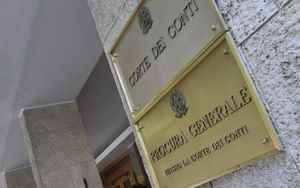(Tiper Stock Exchange) – The introduction of the telematic civil process and the objectives of greater efficiency linked to the digitization of the judgements only partially guarantee compliance with the principle of reasonable length of proceedings, which appears mostly to be pursued with adequate out-of-court dispute resolution procedures.
That’s what it says Court of Auditors in the report that the Central Control Section on the management of state administrations published on the subject of “Efficiency improvement objectives and results achieved by the introduction of the telematic civil trial”, referring to the five-year period 2016-2020.
In the document, the accounting judiciarywhile highlighting the innovations introduced by the PNRR relating to the process office (modulated on the Anglo-Saxon example) and the experimental applications of artificial intelligence in judgements, underlines that the digitization of processes constitutes a long and arduous path, as evidenced by the numerous recommendations EU on the reduction of the times of the Italian justice.
This, the Court specified, by virtue of legislation that is often sporadic and not very organic, in addition to the difficulties associated with a system subject to constant updates, re-engineering interventions and substantial investments for infrastructure, planning and training. If in fact, the accounting judges point out, the telematic process is by now a solid reality in the civil sphere, there are still delays in the criminal one.
The critical points, the Court points outare linked not so much to the relevant administration, but to the overall digitization process underway in the public and private sectorsin an area that, for civil trials alone, in any case involved – between July 2014 and December 2020 – about 1.2 million professionals active in telematics, with more than 56 million telematic deeds deposited and over 34 million digital native measures.
